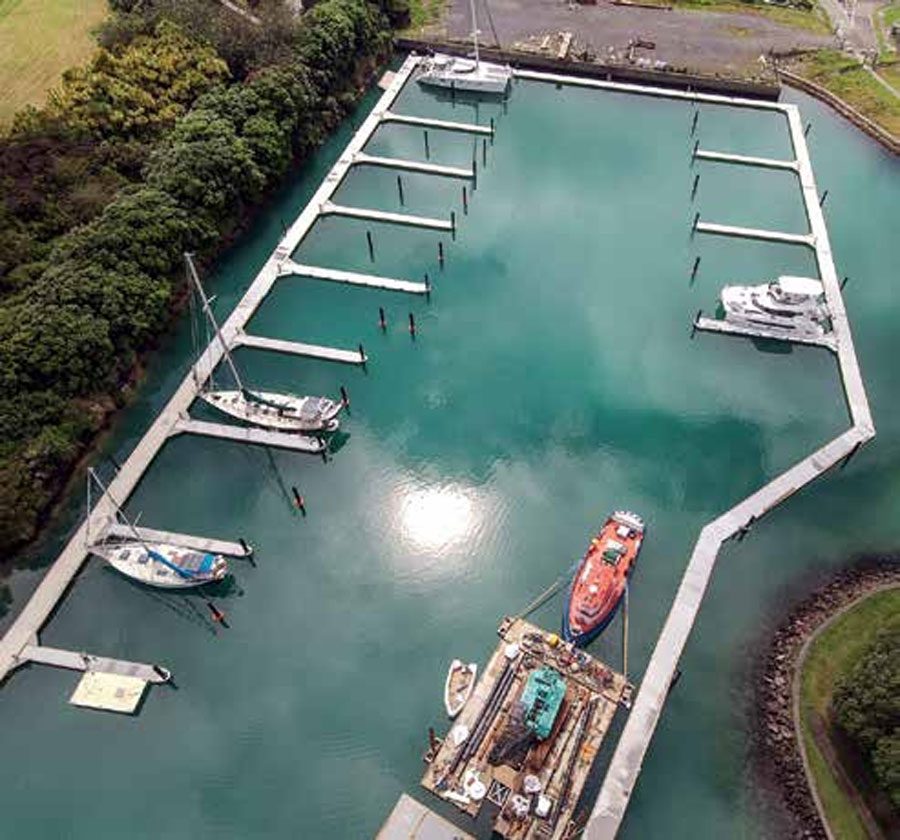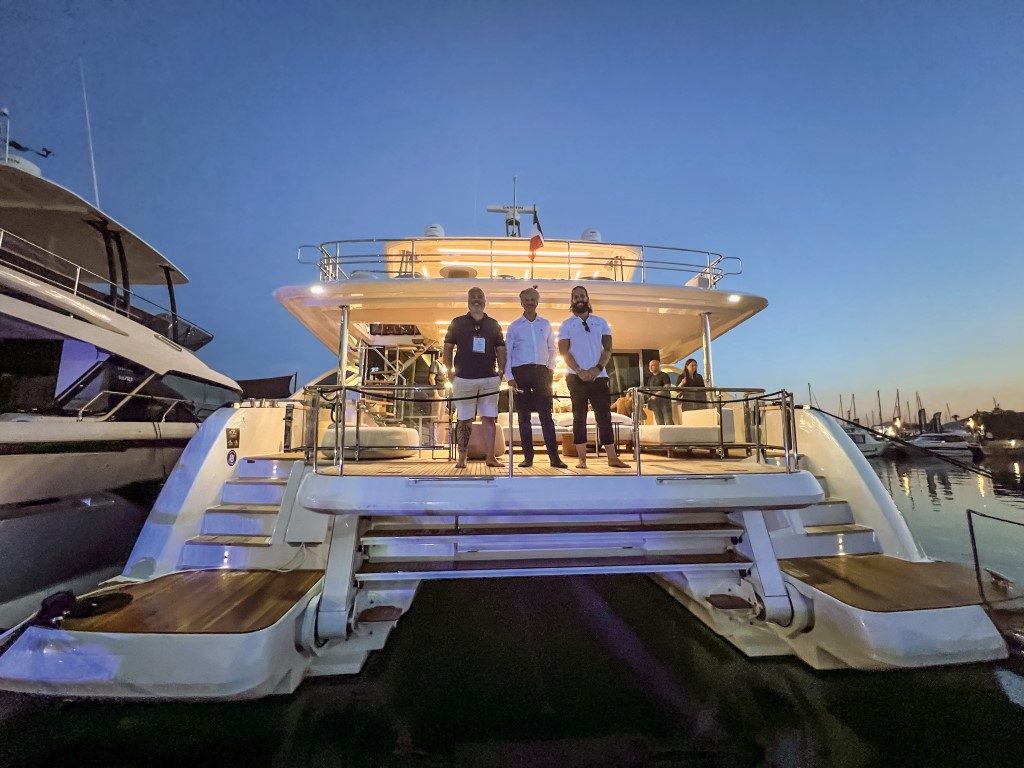

Eutectic refrigeration, extensive electronics and sharper entertainment systems equate to a greater electrical load on a vessel. Lithium-ion (Li-on) batteries offset the problem, but beware. Not all Li-on batteries are born equal.
There are multiple causes, but sadly, many installations don’t meet some well-documented and specified data relating to charging parameters, discharge characteristics and installation requirements.
Some of this data is detailed in manufacturers’ guidelines. Some can be found in AUS/NZS 3004.2:2014 – the recognised statutory standard for marine electrical installations. Yachting New Zealand also has installation requirements within its various categories of safety regulations.
These regulations and recommendations all focus on safety of the installation and, indirectly, the life of the batteries.
Until recently, lead-acid has been the major battery technology used in boats, with more modern versions in the form of GEL and Absorbed Glass Mat (AGM).
By their very nature lead-acid batteries generate explosive hydrogen gas as a by-product of the charging process. In the case of the GEL and AGM technologies this is recombined within the battery by way of a pressure cap. The cap’s designed to release gas under high internal pressure conditions that can be caused by excessive charging voltages and over-temperature.
These batteries can also go into a condition called ‘thermal runaway’ when overcharged, or when certain faults develop within the battery. This can be extremely dangerous, resulting in an explosion or fire. Which is why battery standards emphasise ventilation and physical mounting considerations.
LITHIUM-ION
As with lead-acid batteries, there are various Li-on chemistries with different characteristics. While some chemistries have a greater energy density than others, the trade-off is lower chemical stability. These chemistries are typically used in the personal electronics industries, where size and weight are paramount.
The favoured chemistry for marine applications is LithiumIon-Iron-Phosphate because of its reliability and stability. It is, in fact, one of the safest battery technologies commercially available currently. It’s used in Enertec’s locally-manufactured ‘Juice’ range.
Li-on has many advantages – high energy density (low weight for a given capacity), small physical size, no memory effect, the ability to be deeply discharged without damage, low self-discharge, rapid re-charge, long service life and no gas release on charge or discharge.
Compared to lead-acid, it also has some notable differences. While it can be heavily discharged it must not be completely flattened. Unlike lead-acid batteries, where the individual cells within a battery will always equalise any difference of charge, Li-on cells will not. So there is a need for external cell balancing.
It’s also important to limit the voltage given to any cell under charge conditions, as well as the maximum temperature any cell can reach. Failure to do so will cause poor battery performance and shorten its life.
LI-ON STANDARDS
AUS/NZS 3004.2:2014 has added requirements for li-on batteries. Specifically, it is mandatory to have a battery management safety system (BMS) – either built-in to the battery case or mounted adjacent externally.
This BMS monitors individual cell temperatures and voltages and must be able to disconnect all charging sources if the voltage or temperature exceeds the manufacturer’s specified maximums.
Furthermore, to protect the battery from irreversible damage, the BMS must be able to disconnect the load if the voltage falls below the manufacturer’s minimum specification. An audible and visual alarm is required before any disconnection occurs.
The standards also require the BMS to automatically disconnect charging sources if charging voltages exceed the battery manufacturer’s recommended limits. To achieve this, care must be taken to ensure that any elevated voltages from the charging sources do not cause damage to other connected loads.
voltages and must be able to disconnect all charging sources if the voltage or temperature exceeds the manufacturer’s specified maximums.
Furthermore, to protect the battery from irreversible damage, the BMS must be able to disconnect the load if the voltage falls below the manufacturer’s minimum specification. An audible and visual alarm is required before any disconnection occurs.
The standards also require the BMS to automatically disconnect charging sources if charging voltages exceed the battery manufacturer’s recommended limits. To achieve this, care must be taken to ensure that any elevated voltages from the charging sources do not cause damage to other connected loads.
This is common when disconnecting a battery being charged by an engine alternator. If the alternator isn’t de-energised before the battery contactor is opened, it can cause a high voltage spike in the vessel’s electrical system and may damage electronic equipment.
A battery that is compliant with these standards will almost certainly be immune from the dangerous thermal runaway conditions that can develop in AGM, GEL or lead-acid batteries.
Buyers of a Li-on battery should consider the above standard.
BUYER BEWARE
Some retailers are offering bare cells without any BMS. Some offer BMS systems that only do rudimentary cell balancing without appropriate battery protection. Many BMS systems simply disconnect the battery without any warning, resulting in possible damage to other electronics.
They don’t comply with NZ standards for electromagnetic radiation or susceptibility – their BMS may interfere with other installed electronics.
So how does a buyer differentiate between Li-on batteries?
Ask for written proof that the product meets all the appropriate standards. If it doesn’t, you may end up with an installation that, at best, returns poor battery life and, at worst, is dangerous.
FOR FURTHER INFORMATION VISIT www.enertecmarinesystems.com




